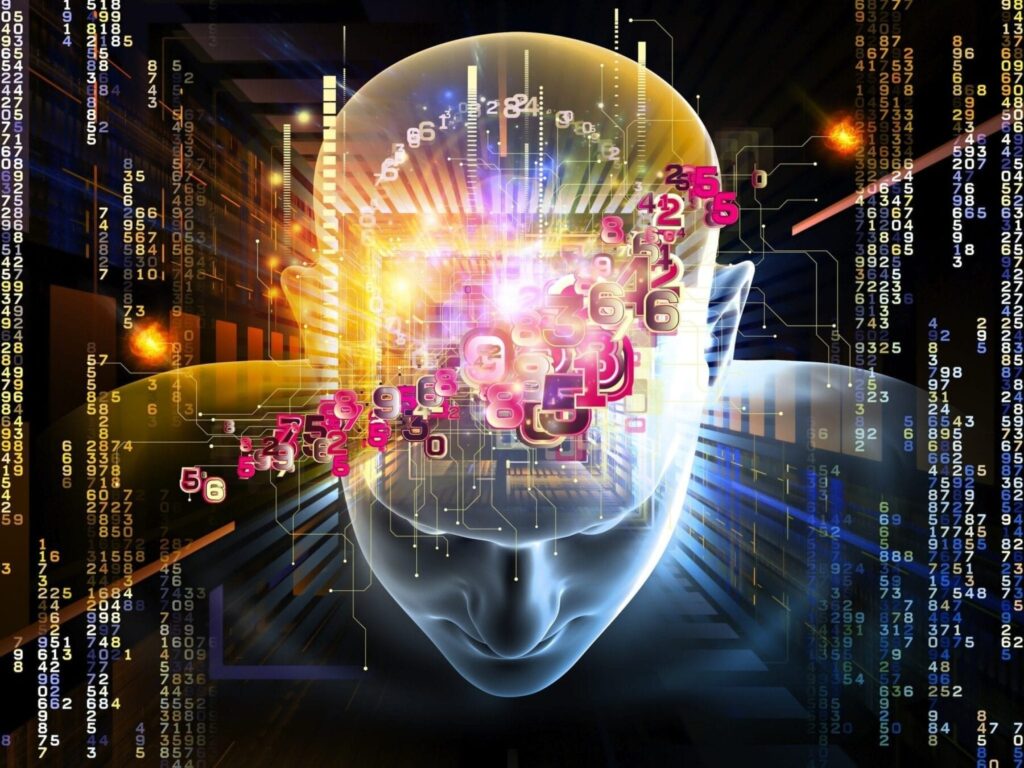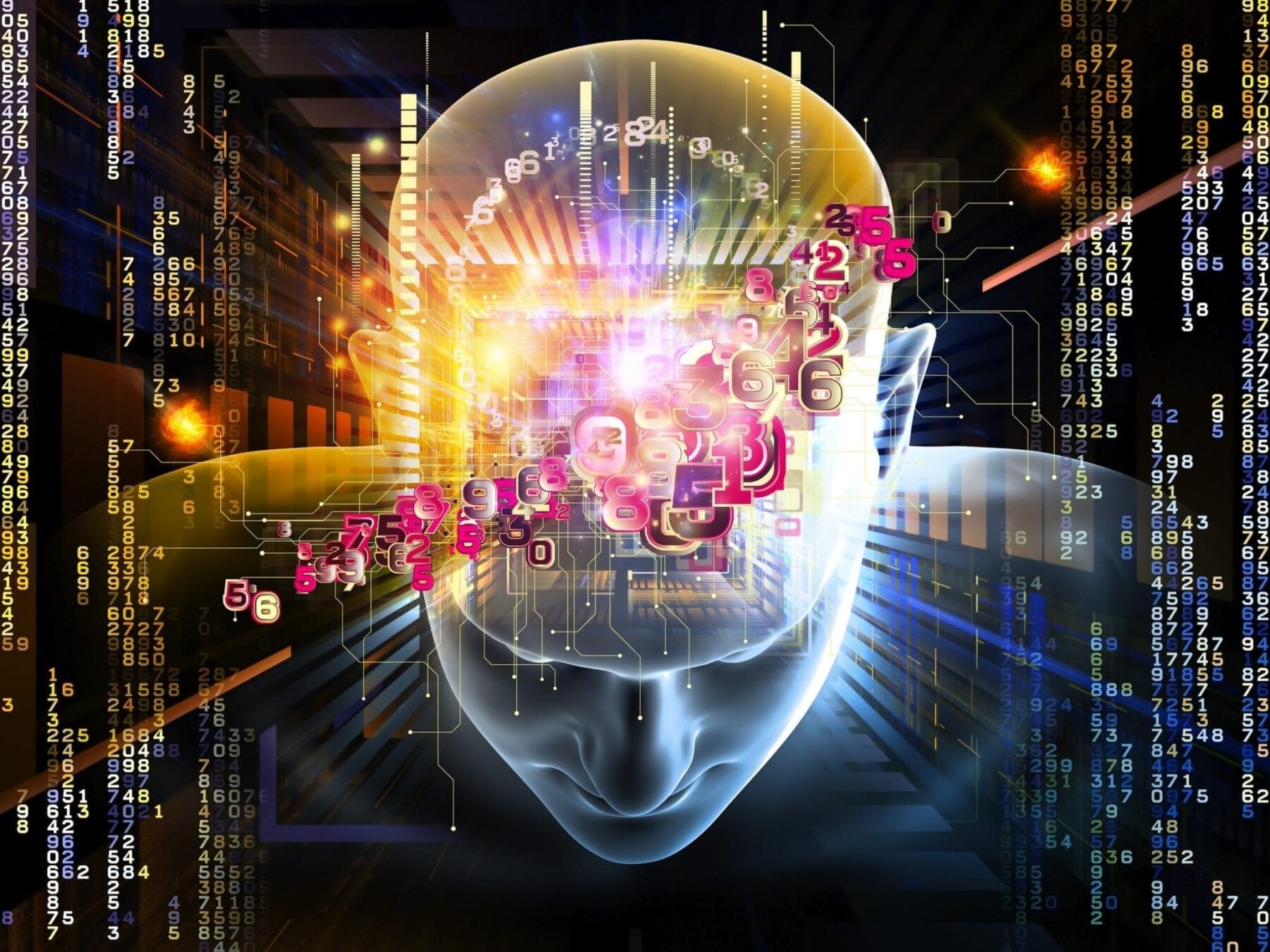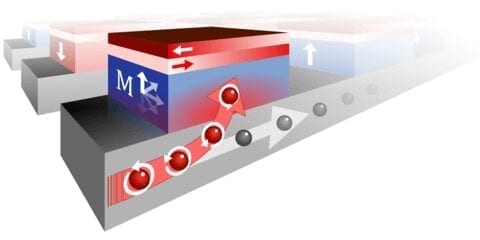
Richard Socher appeared nervous as he waited for his artificial intelligence program to answer a simple question: “Is the tennis player wearing a cap?”
The word “processing” lingered on his laptop’s display for what felt like an eternity. Then the program offered the answer a human might have given instantly: “Yes.”
Mr. Socher, who clenched his fist to celebrate his small victory, is the founder of one of a torrent of Silicon Valley start-ups intent on pushing variations of a new generation of pattern recognition software, which, when combined with increasingly vast sets of data, is revitalizing the field of artificial intelligence.
His company MetaMind, which is in crowded offices just off the Stanford University campus in Palo Alto, Calif., was founded in 2014 with $8 million in financial backing from Marc Benioff, chief executive of the business software company Salesforce, and the venture capitalist Vinod Khosla.
MetaMind is now focusing on one of the most daunting challenges facing A.I. software. Computers are already on their way to identifying objects in digital images or converting sounds uttered by human voices into natural language. But the field of artificial intelligence has largely stumbled in giving computers the ability to reason in ways that mimic human thought.
Now a variety of machine intelligence software approaches known as “deep learning” or “deep neural nets” are taking baby steps toward solving problems like a human.
On Sunday, MetaMind published a paper describing advances its researchers have made in creating software capable of answering questions about the contents of both textual documents and digital images.
The new research is intriguing because it indicates that steady progress is being made toward “conversational” agents that can interact with humans. The MetaMind results also underscore how far researchers have to go to match human capabilities.
Other groups have previously made progress on discrete problems, but generalized systems that approach human levels of understanding and reasoning have not been developed.
Five years ago, IBM’s Watson system demonstrated that it was possible to outperform humans on “Jeopardy!”
Last year, Microsoft developed a “chatbot” program known as
(pronounced Shao-ice) that is designed to engage humans in extended conversation on a diverse set of general topics.
To add to Xiaoice’s ability to offer realistic replies, the company developed a huge library of human question-and-answer interactions mined from social media sites in China. This made it possible for the program to respond convincingly to typed questions or statements from users.
In 2014, computer scientists at Google, Stanford and other research groups made significant advances in what is described as “scene understanding,” the ability to understand and describe a scene or picture in natural language, by combining the output of different types of deep neural net programs.
These programs were trained on images that humans had previously described. The approach made it possible for the software to examine a new image and describe it with a natural-language sentence.
While even machine vision is not yet a solved problem, steady, if incremental, progress continues to be made by start-ups like Mr. Socher’s; giant technology companies such as Facebook, Microsoft and Google; and dozens of research groups.
Learn more: Taking Baby Steps Toward Software That Reasons Like Humans
The Latest on: Artificial intelligence
[google_news title=”” keyword=”artificial intelligence” num_posts=”10″ blurb_length=”0″ show_thumb=”left”]
via Google News
The Latest on: Artificial intelligence
- Can artificial intelligence decipher your political affiliation?on April 27, 2024 at 6:39 pm
The Big Weekend Show' analyzes the possibilities of artificial intelligence when it comes to influencing voters.
- How Artificial Intelligence Is Changing The Way You Buy Travel Insuranceon April 27, 2024 at 3:52 am
Artificial intelligence is transforming the way you buy travel insurance. Here are the surprising ways it could affect your next vacation.
via Bing News











